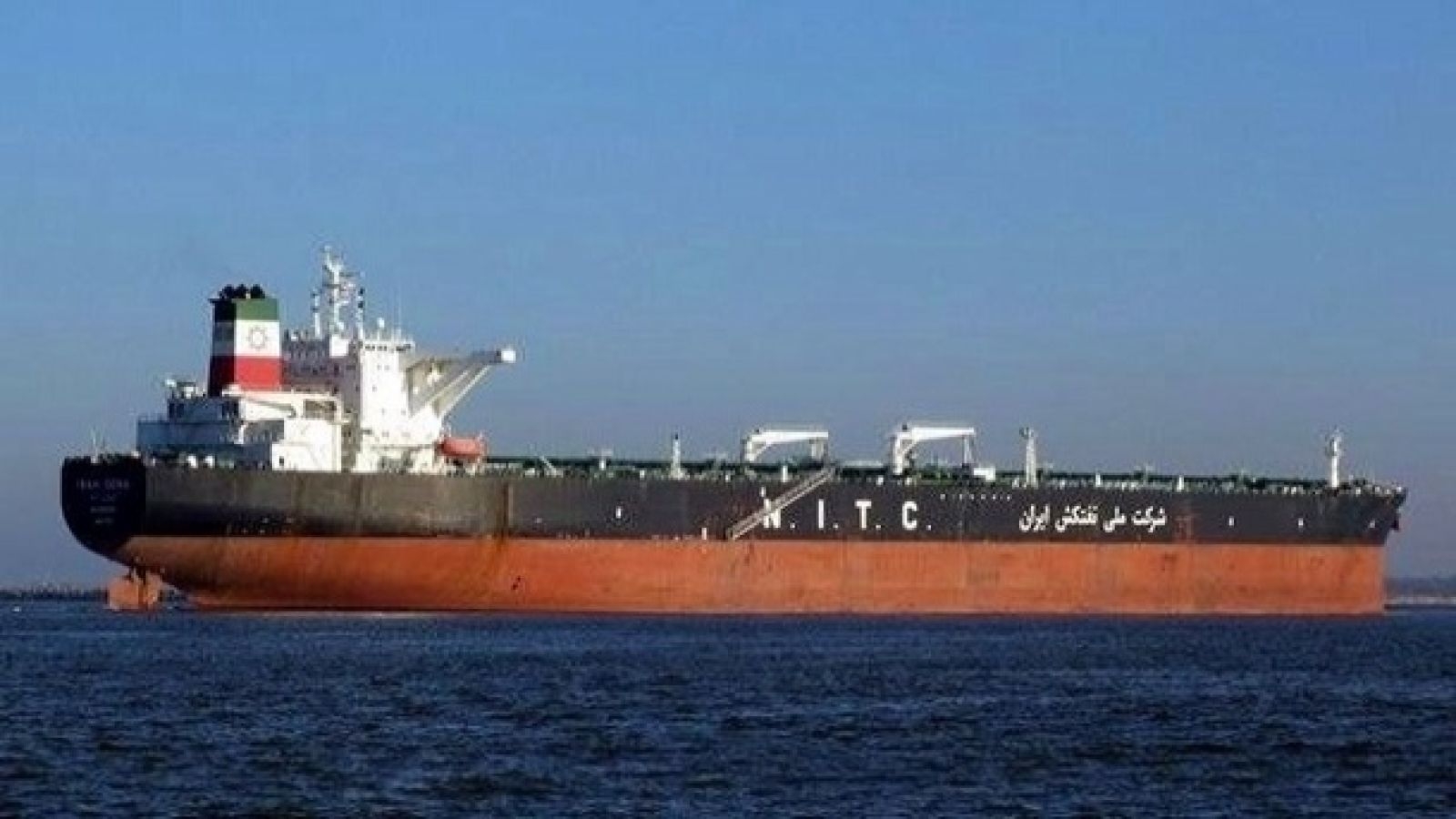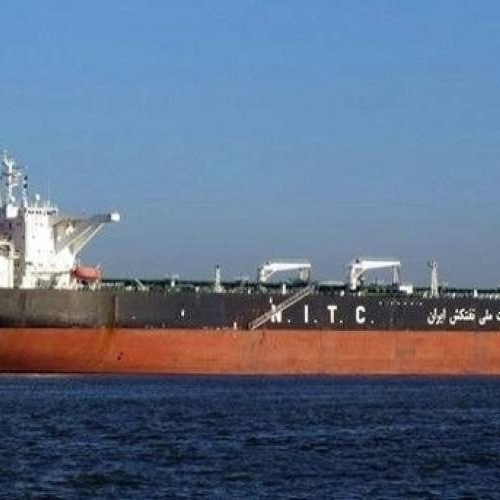Maritime Transport During the Pahlavi Era

Maritime Transport
Maritime Transport During the Pahlavi Era and Iran’s Strategic Role in the Persian Gulf
Maritime Transport During the Pahlavi Era and Iran’s Strategic Role in the Persian Gulf
During the Pahlavi era, maritime transport and the development of related infrastructure played a crucial role in international trade and solidified Iran's position in the Persian Gulf region. With its well-equipped major ports and strategic location, Iran was one of the key players in maritime transport in the region.
1. Lack of Developed Ports in Dubai: During the Pahlavi era, Dubai was not yet recognized as an important port and had limited port facilities. In contrast, Iranian ports such as Bandar Abbas, Bandar Bushehr, and Bandar Khorramshahr served as the primary hubs for trade and maritime transport in the region. These ports, equipped with modern facilities and high capacity, managed large volumes of commercial cargo and imports/exports, playing a vital role in economic development both for Iran and the surrounding region.
2. Iran’s Strategic Role in the Persian Gulf: Iran's strategic position in the Persian Gulf, combined with its equipped ports and national shipping fleet, positioned the country as the main player in regional trade and maritime transport. This role not only bolstered Iran's domestic economy but also established the country as an economic and trade power in the region.
3. Development of the National Iranian Shipping Company: The National Iranian Shipping Company was established during the Pahlavi era to develop maritime transport and support international trade. This company built a fleet of commercial and cargo ships, facilitating the transport of oil shipments, industrial products, and other goods between domestic and international ports. This development significantly increased Iran’s trade relations with other countries and positioned the country as a key transit route between Asia, Europe, and the Middle East.
4. Passenger Transport and Leisure Cruises: Passenger ships were also used for transporting individuals between domestic and foreign ports. Additionally, especially during the late Pahlavi period, leisure and tourism cruises were established in the coastal areas of the Persian Gulf and the Caspian Sea, boosting tourism and improving service infrastructure.
5. Significance of Kish and Qeshm Islands: Due to their strategic geographical locations in the Persian Gulf, the islands of Kish and Qeshm held significant potential to become major leisure and tourism centers. Plans were proposed for developing these islands as destinations for private leisure cruises, a concept similar to what was later realized in Dubai, turning it into a major tourist and recreational center. During the Pahlavi era, Kish Island began to emerge as a tourist center, and efforts were made to create modern recreational facilities and private harbors.
Overall, the Pahlavi era's focus on developing advanced ports, strengthening the national fleet, and implementing effective economic policies transformed Iran into one of the main maritime transport and trade centers in the Persian Gulf. Strategic islands like Kish and Qeshm had the potential to serve as significant tourist and leisure hubs, attracting private cruise ships, much like what is now observed in Dubai.
